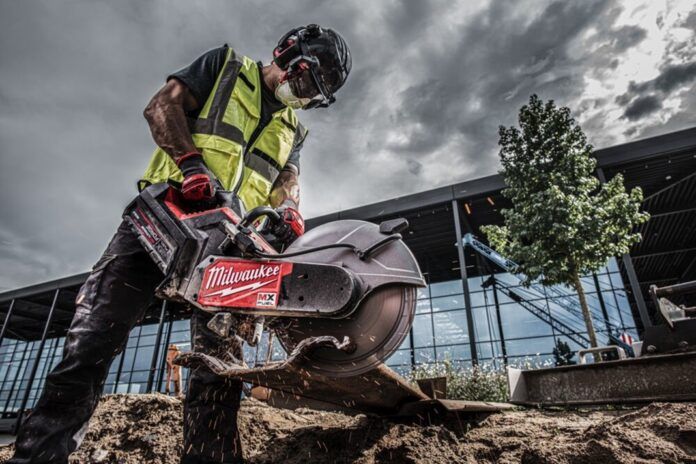
A new report from Milwaukee has found that risk remains “unacceptably high” on European construction sites, harming workers, employers and the wider sector alike.
The report, ‘Building a Safer Future,’ draws on a commissioned Europewide poll of 3,200 construction professionals. It identified that a minority, 37%, feel “totally safe” when workers are on site.
A total of 52% of construction workers report at least one to five accidents over their careers and a minority of 200 respondents claim to have had more than 10.
Milwaukee said the findings reveal a consistent pattern, “workers arrive at their sites each day with the fear that today could be the day a major incident occurs”. The most common of these are working at height, 50%, objects falling from height, 42%, slips and trips, 41%, and faulty tools and equipment, 37%.
Adrien Piriou, director Hand Tools, Storage & PPE EMEA at Milwaukee, said: “As the report states, it’s an understandable undertaking given the lack of protection people feel on-site, but an unnecessary one, especially as premium, customisable options are now mainstream. PPE, tools and equipment have been designed for a specific purpose and rigorously tested and certified. Once someone tampers with them, they compromise their capabilities.
“Nowhere is this more so than when it comes head protection, especially helmets where self-customisation effectively renders its defence redundant. Likewise, the trend for creating a ‘Swiss Army Tool’ pushes these devices beyond their original remit and capabilities, putting the user and colleagues’ physical wellbeing at higher risk from malfunction.”
A company statement said this highlights a need for a broader discussion on education and skills, as noted in the report, which found 42% receive “lots of training”. Many workers receive the basics on tools, equipment and PPE, it noted, but it’s sometimes incomplete, leaving them without full knowledge of proper procedures.
Milwaukee added that the report identified that whilst persistent levels of fear and insecurity are unacceptable, they are “almost always avoidable” and that “construction businesses have a role to play in helping to address the situation”.
When asked to rank what measures could be taken to protect workers on-site, the most popular response was “providing better tools and equipment, with more safety functions” at 54%. This was closely followed by “the supply of better quality and more comfortable PPE” at 48%, and “increasing training and guidance around the correct use of tools on site” at 42%.
Adrien added: “Construction currently accounts for a fifth of Europe’s occupational fatalities, not to mention the massive number of injuries and near misses. In many cases, these accidents could have been avoided, and a key takeaway for readers should be that investing in premium tools, equipment and PPE can help reduce the probability of catastrophe.
“The workforce is a business’ most valuable commodity and choosing higher-quality, ergonomically designed and more rigorously-tested solutions will result in a safer workplace and better outcomes. As we look ahead to next year, we want to join forces across the European construction sector to affect a radical shift in procurement attitude, positioning quality over cost and build a lower-risk future for all.”
